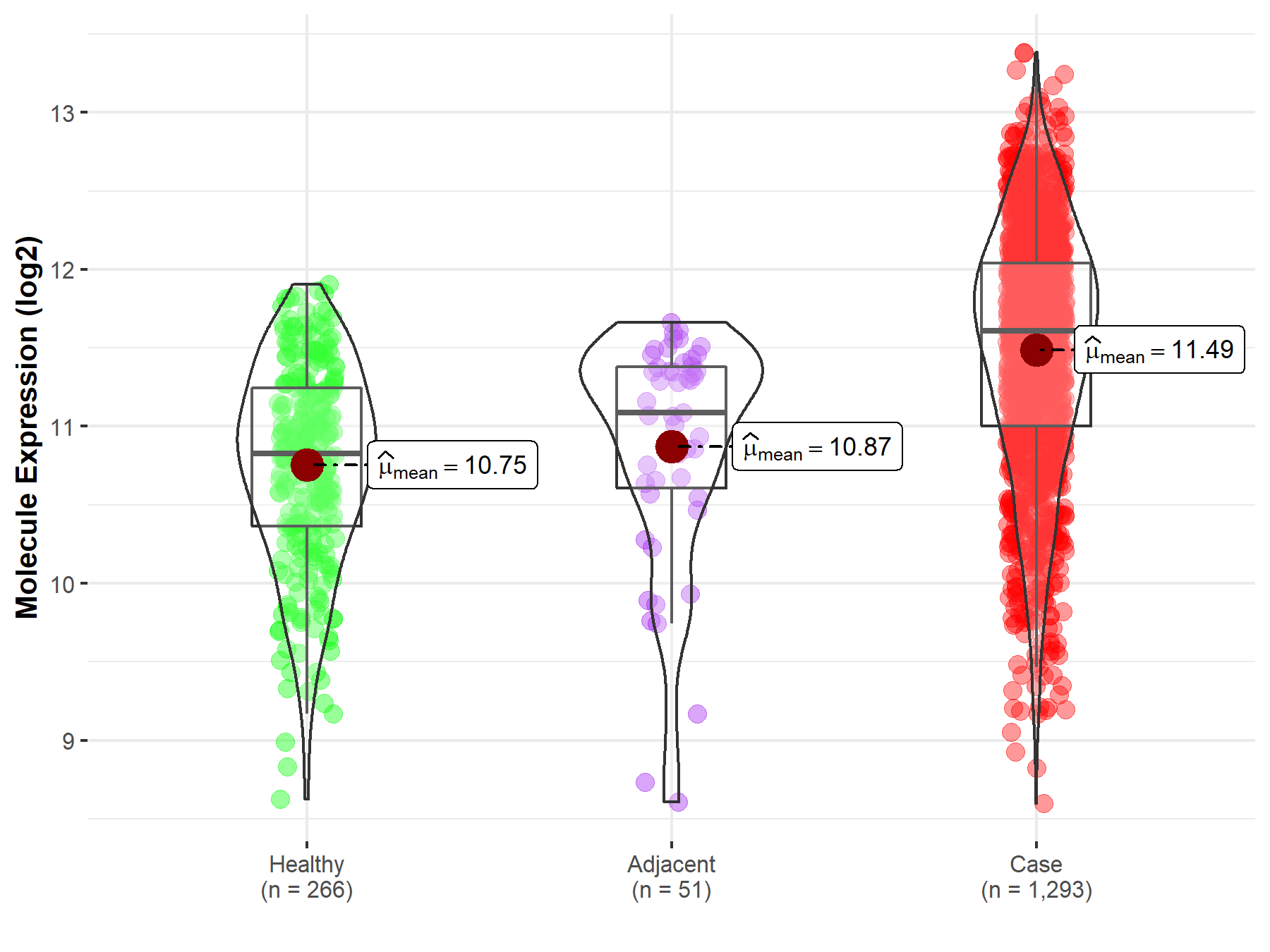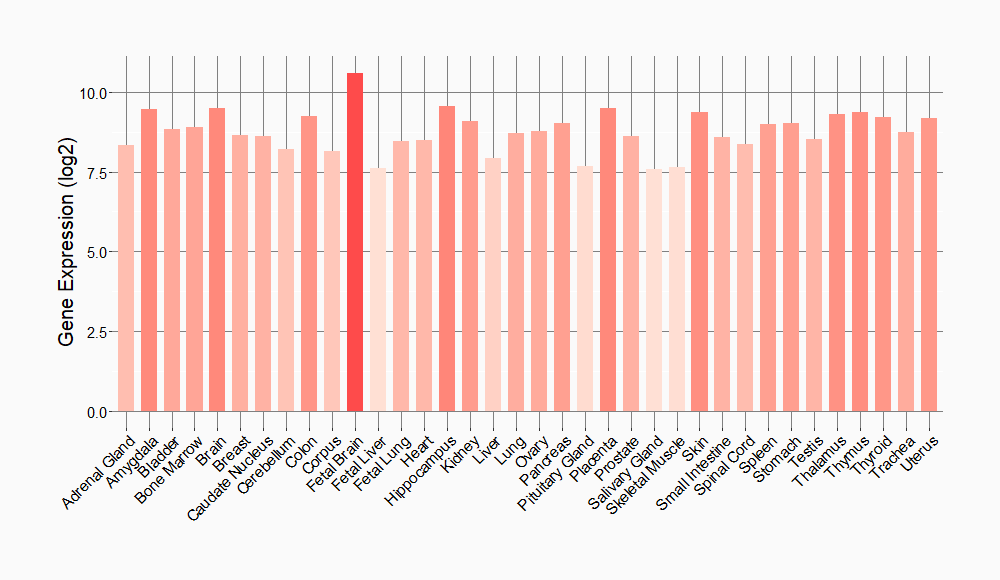Molecule Information
General Information of the Molecule (ID: Mol00198)
| Name |
Protein zeta/delta 14-3-3 (YWHAZ)
,Homo sapiens
|
||||
|---|---|---|---|---|---|
| Synonyms |
Protein kinase C inhibitor protein 1; KCIP-1
Click to Show/Hide
|
||||
| Molecule Type |
Protein
|
||||
| Gene Name |
YWHAZ
|
||||
| Gene ID | |||||
| Location |
chr8:100916523-100953388[-]
|
||||
| Sequence |
MDKNELVQKAKLAEQAERYDDMAACMKSVTEQGAELSNEERNLLSVAYKNVVGARRSSWR
VVSSIEQKTEGAEKKQQMAREYREKIETELRDICNDVLSLLEKFLIPNASQAESKVFYLK MKGDYYRYLAEVAAGDDKKGIVDQSQQAYQEAFEISKKEMQPTHPIRLGLALNFSVFYYE ILNSPEKACSLAKTAFDEAIAELDTLSEESYKDSTLIMQLLRDNLTLWTSDTQGDEAEAG EGGEN Click to Show/Hide
|
||||
| Function |
Adapter protein implicated in the regulation of a large spectrum of both general and specialized signaling pathways. Binds to a large number of partners, usually by recognition of a phosphoserine or phosphothreonine motif. Binding generally results in the modulation of the activity of the binding partner. Induces ARHGEF7 activity on RAC1 as well as lamellipodia and membrane ruffle formation. In neurons, regulates spine maturation through the modulation of ARHGEF7 activity.
Click to Show/Hide
|
||||
| Uniprot ID | |||||
| Ensembl ID | |||||
| HGNC ID | |||||
| Click to Show/Hide the Complete Species Lineage | |||||
Type(s) of Resistant Mechanism of This Molecule
Drug Resistance Data Categorized by Drug
Approved Drug(s)
4 drug(s) in total
| Drug Resistance Data Categorized by Their Corresponding Mechanisms | ||||
|
|
||||
| Disease Class: Breast cancer | [1] | |||
| Resistant Disease | Breast cancer [ICD-11: 2C60.3] | |||
| Resistant Drug | Doxorubicin | |||
| Molecule Alteration | Expression | Up-regulation |
||
| Experimental Note | Revealed Based on the Cell Line Data | |||
| Cell Pathway Regulation | p38/MAPK signaling pathway | Inhibition | hsa04010 | |
| In Vitro Model | MCF-7 cells | Breast | Homo sapiens (Human) | CVCL_0031 |
| MDA-MB-231 cells | Breast | Homo sapiens (Human) | CVCL_0062 | |
| In Vivo Model | Nude mouse xenograft model | Mus musculus | ||
| Experiment for Molecule Alteration |
Western blotting analysis | |||
| Experiment for Drug Resistance |
CCK8 assay | |||
| Mechanism Description | Down-regulation of miR-30c correlated with overexpression of YWHAZ in breast doxorubicin-resistant cells, Overexpression of miR-30c sensitized MCF-7/ADR cells to doxorubicin, miR-30c suppressed expression of the YWHAZ gene, YWHAZ was a key signal molecule in doxorubicin resistance by reducing activation of the p38MAPk signal pathway in MCF-7/ADR cells, miR-30c regulated doxorubicin resistance in vivo. | |||
| Drug Resistance Data Categorized by Their Corresponding Mechanisms | ||||
|
|
||||
| Disease Class: T-cell lymphoma | [2] | |||
| Resistant Disease | T-cell lymphoma [ICD-11: 2A60.3] | |||
| Resistant Drug | Gemcitabine | |||
| Molecule Alteration | Expression | Up-regulation |
||
| Experimental Note | Revealed Based on the Cell Line Data | |||
| In Vitro Model | YTS cells | Pleural effusion | Homo sapiens (Human) | CVCL_D324 |
| Experiment for Molecule Alteration |
Western blotting assay | |||
| Experiment for Drug Resistance |
MTT assay | |||
| Mechanism Description | Compared with YTS-gem cells, the level of Pro apoptotic protein Bax in YTS gem cells that down regulated 14-3-3-Zetawas significantly higher. In contrast, the levels of anti apoptotic proteins Bcl-2, Caspase-3, cleaved caspase-3 and cyclin D1 decreased significantly. | |||
| Disease Class: Extranodal NK/T-cell lymphoma | [2] | |||
| Resistant Disease | Extranodal NK/T-cell lymphoma [ICD-11: 2A90.6] | |||
| Resistant Drug | Gemcitabine | |||
| Molecule Alteration | Expression | Up-regulation |
||
| Experimental Note | Revealed Based on the Cell Line Data | |||
| Cell Pathway Regulation | Cell invasion | Activation | hsa05200 | |
| Cell proliferation | Activation | hsa05200 | ||
| In Vitro Model | YTS cells | Pleural effusion | Homo sapiens (Human) | CVCL_D324 |
| Experiment for Molecule Alteration |
Western blotting analysis | |||
| Experiment for Drug Resistance |
CCK-8 assay | |||
| Mechanism Description | 14-3-3-Zeta was up regulated in YTS gem cells, 14-3-3-Zeta promote cell proliferation and invasion, 14-3-3-Zeta protein induced enktl resistance to gemcitabine through anti apoptotic pathway. | |||
| Drug Sensitivity Data Categorized by Their Corresponding Mechanisms | ||||
|
|
||||
| Disease Class: Breast cancer | [3] | |||
| Sensitive Disease | Breast cancer [ICD-11: 2C60.3] | |||
| Sensitive Drug | Paclitaxel | |||
| Molecule Alteration | Expression | Down-regulation |
||
| Experimental Note | Revealed Based on the Cell Line Data | |||
| Cell Pathway Regulation | Beta-catenin signaling pathway | Inhibition | hsa04520 | |
| Cell apoptosis | Activation | hsa04210 | ||
| Cell invasion | Inhibition | hsa05200 | ||
| Cell migration | Inhibition | hsa04670 | ||
| In Vitro Model | MCF-7 cells | Breast | Homo sapiens (Human) | CVCL_0031 |
| SkBR3 cells | Breast | Homo sapiens (Human) | CVCL_0033 | |
| In Vivo Model | Nude mouse xenograft model | Mus musculus | ||
| Experiment for Molecule Alteration |
Luciferase reporter assay; RT-PCR; Western blot analysis | |||
| Experiment for Drug Resistance |
Muse Cell Cycle Assay | |||
| Mechanism Description | miR451 suppresses cell migration, invasion and induces cell-cycle arrest and apoptosis in breast cancermiR451 decreases the mRNA and protein expression level of beta-catenin and relative genes of beta-catenin signaling pathway in vitro. | |||
| Drug Sensitivity Data Categorized by Their Corresponding Mechanisms | ||||
|
|
||||
| Disease Class: Breast cancer | [4] | |||
| Sensitive Disease | Breast cancer [ICD-11: 2C60.3] | |||
| Sensitive Drug | Tamoxifen | |||
| Molecule Alteration | Expression | Down-regulation |
||
| Experimental Note | Revealed Based on the Cell Line Data | |||
| Cell Pathway Regulation | AKT/mTOR signaling pathway | Regulation | hsa04150 | |
| Cell apoptosis | Activation | hsa04210 | ||
| Cell proliferation | Inhibition | hsa05200 | ||
| In Vitro Model | MCF-7 cells | Breast | Homo sapiens (Human) | CVCL_0031 |
| LCC2 cells | Breast | Homo sapiens (Human) | CVCL_DP51 | |
| In Vivo Model | Nude mouse xenograft model | Mus musculus | ||
| Experiment for Molecule Alteration |
Western blot analysis | |||
| Experiment for Drug Resistance |
MTT assay | |||
| Mechanism Description | Over-expression of miR-451a can enhance MCF-7 and LCC2 cell sensitivity to TAM. Opposite effects were elicited by knocking down miR-451a. TAM treatment can up-regulate 14-3-3Zeta expression, and down-regulate ERalpha expression. 14-3-3Zeta and ERalpha were shown to interact. Over-expression of miR-451a decreased 14-3-3Zeta expression and increased ERalpha expression, suppressing cell proliferation, increasing apoptosis, and reducing activation of p-AkT and p-mTOR. | |||
Disease- and Tissue-specific Abundances of This Molecule
ICD Disease Classification 02

| Differential expression of molecule in resistant diseases | ||
| The Studied Tissue | Breast tissue | |
| The Specified Disease | Breast cancer | |
| The Expression Level of Disease Section Compare with the Healthy Individual Tissue | p-value: 4.22E-47; Fold-change: 7.81E-01; Z-score: 1.21E+00 | |
| The Expression Level of Disease Section Compare with the Adjacent Tissue | p-value: 2.90E-07; Fold-change: 5.20E-01; Z-score: 7.06E-01 | |
|
Molecule expression in the normal tissue adjacent to the diseased tissue of patients
Molecule expression in the diseased tissue of patients
Molecule expression in the normal tissue of healthy individuals
|
||
| Disease-specific Molecule Abundances |

|
Click to View the Clearer Original Diagram |
Tissue-specific Molecule Abundances in Healthy Individuals


|
||
References
If you find any error in data or bug in web service, please kindly report it to Dr. Sun and Dr. Zhang.
